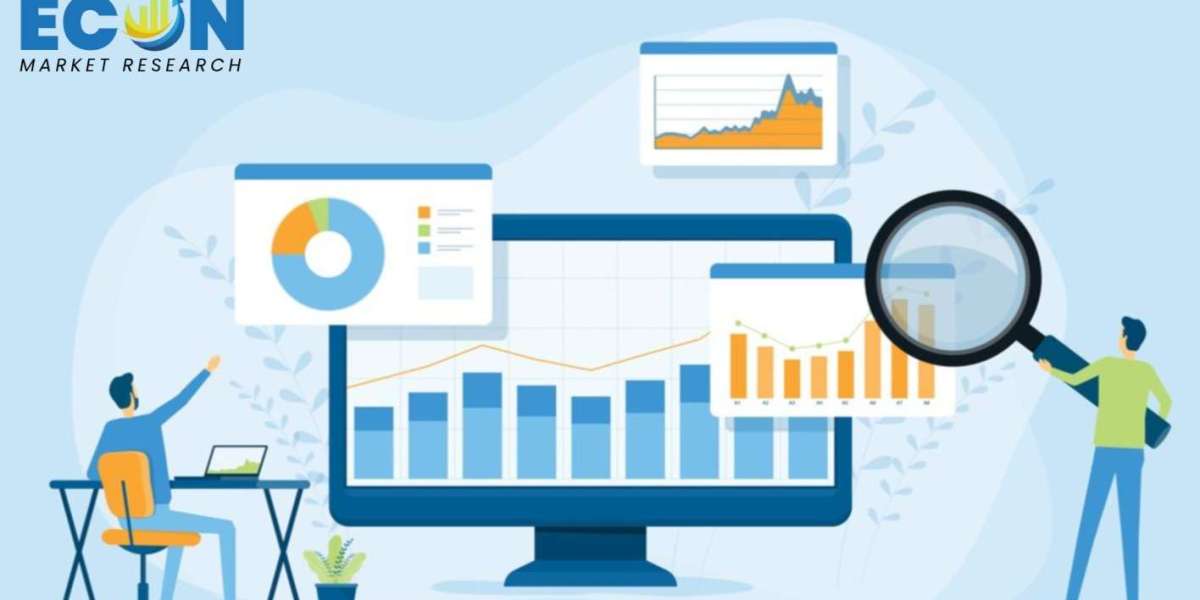Supply chain management (SCM) is a critical aspect of any business that deals with products or services. It involves the coordination of various processes and activities to ensure that goods move from suppliers to customers efficiently and effectively. In this article, we'll explore the key elements of supply chain management that are essential for any successful operation.
Introduction
Supply chain management is the backbone of many industries, ensuring that products reach customers in a timely and cost-effective manner. Whether you're in manufacturing, retail, or any other sector, understanding the elements of supply chain management can give you a competitive edge. So, let's dive into the crucial components that make up an effective supply chain.
Planning
Planning is the first step in supply chain management. It involves creating strategies to balance supply and demand, ensuring that all parts of the supply chain work together seamlessly.
Strategic Planning
Strategic planning involves setting long-term goals and objectives for the supply chain. This includes determining the best locations for manufacturing plants, warehouses, and distribution centers.
Tactical Planning
Tactical planning focuses on the short- to medium-term actions needed to achieve the strategic goals. This might include setting production schedules, managing inventory levels, and coordinating transportation.
Operational Planning
Operational planning is the day-to-day management of supply chain activities. This involves ensuring that all processes run smoothly and any issues are quickly resolved.
Sourcing
Sourcing is about finding and working with suppliers to provide the raw materials and components needed for production.
Supplier Selection
Choosing the right suppliers is crucial for maintaining quality and efficiency. This involves evaluating potential suppliers based on their reliability, cost, and quality.
Supplier Relationship Management
Building strong relationships with suppliers can lead to better pricing, more reliable deliveries, and improved quality. Effective communication and collaboration are key.
Manufacturing
Manufacturing is where raw materials are transformed into finished products. This process must be managed carefully to ensure quality and efficiency.
Production Scheduling
Production scheduling involves planning the timing of production activities to meet demand while minimizing costs. This ensures that products are made and delivered on time.
Quality Control
Quality control is essential for maintaining product standards. This involves regular inspections and testing to ensure that products meet the required specifications.
Logistics
Logistics is the management of the movement and storage of goods. It includes transportation, warehousing, and distribution.
Transportation Management
Transportation management involves selecting the most efficient and cost-effective ways to move goods from suppliers to customers. This can include various modes of transport such as trucks, ships, and planes.
Warehouse Management
Warehouse management is about organizing and controlling the storage of goods. This includes managing inventory levels, optimizing storage space, and ensuring that goods are easily accessible.
Inventory Management
Inventory management is about keeping the right amount of stock to meet demand without overstocking.
Inventory Control Systems
Inventory control systems track stock levels and help manage reorder points. This ensures that you always have the right amount of inventory on hand.
Just-In-Time Inventory
Just-In-Time (JIT) inventory is a strategy that reduces waste by receiving goods only when they are needed in the production process. This minimizes storage costs and reduces the risk of excess inventory.
Demand Forecasting
Demand forecasting is predicting future customer demand to ensure that the supply chain can meet these needs.
Long-Term Demand Forecasting
Long-term demand forecasting involves predicting customer demand over a longer period, typically several years. This helps in strategic planning and investment decisions.
Short-Term Demand Forecasting
Short-term demand forecasting focuses on the immediate future, usually a few months ahead. This helps in tactical and operational planning, ensuring that production and inventory levels are aligned with current demand.
Order Fulfillment
Order fulfillment is the process of receiving, processing, and delivering orders to customers.
Order Processing
Order processing involves managing customer orders from the moment they are placed until they are delivered. This includes order entry, picking, packing, and shipping.
Customer Service
Customer service is an integral part of order fulfillment. Ensuring that customers are satisfied with their orders and handling any issues promptly can lead to repeat business and positive reviews.
Returns Management
Returns management involves handling returned products efficiently and effectively.
Reverse Logistics
Reverse logistics is the process of moving goods from customers back to the company. This can include returns, recycling, and disposal.
Return Policies
Having clear and fair return policies can improve customer satisfaction and streamline the returns process.
Technology Integration
Technology plays a crucial role in modern supply chain management.
Supply Chain Software
Supply chain software helps manage various aspects of the supply chain, from planning and sourcing to logistics and inventory management.
Automation and AI
Automation and artificial intelligence (AI) can improve efficiency and accuracy in the supply chain. This includes automated warehouses, AI-driven demand forecasting, and robotic process automation.
Performance Measurement
Measuring the performance of the supply chain is essential for continuous improvement.
Key Performance Indicators (KPIs)
KPIs are metrics used to evaluate the efficiency and effectiveness of the supply chain. Common KPIs include order accuracy, on-time delivery, and inventory turnover.
Continuous Improvement
Continuous improvement involves regularly analyzing and improving supply chain processes to increase efficiency and reduce costs.
Sustainability
Sustainability is becoming increasingly important in supply chain management.
Green Supply Chain Practices
Green supply chain practices involve reducing the environmental impact of supply chain activities. This can include using renewable energy, reducing waste, and optimizing transportation routes.
Ethical Sourcing
Ethical sourcing ensures that products are sourced in a way that respects human rights and environmental standards.
Risk Management
Risk management is about identifying and mitigating risks in the supply chain.
Identifying Risks
Identifying potential risks involves analyzing the supply chain to find areas of vulnerability. This can include supplier reliability, transportation disruptions, and natural disasters.
Mitigation Strategies
Mitigation strategies involve developing plans to reduce the impact of identified risks. This can include diversifying suppliers, increasing inventory levels, and developing contingency plans.
Global Supply Chain Management
Global supply chain management involves managing supply chain activities across different countries.
International Regulations
Understanding and complying with international regulations is crucial for global supply chain management. This can include customs regulations, trade agreements, and import/export restrictions.
Cross-Border Logistics
Cross-border logistics involves managing the movement of goods between countries. This includes handling customs clearance, managing tariffs, and coordinating international transportation.
Conclusion
In conclusion, supply chain management is a complex but vital part of any business that deals with products. By understanding and effectively managing the key elements of supply chain management, businesses can improve efficiency, reduce costs, and enhance customer satisfaction. As technology advances and global markets evolve, staying up-to-date with the latest trends and best practices in supply chain management will be essential for continued success.
Predict your sales volume and demand trends with our Artificial Intelligence-based SaaS platform visit: https://thousense.ai/
Source: https://bresdel.com/blogs/541433/What-Are-the-Key-Elements-of-Supply-Chain-Management







